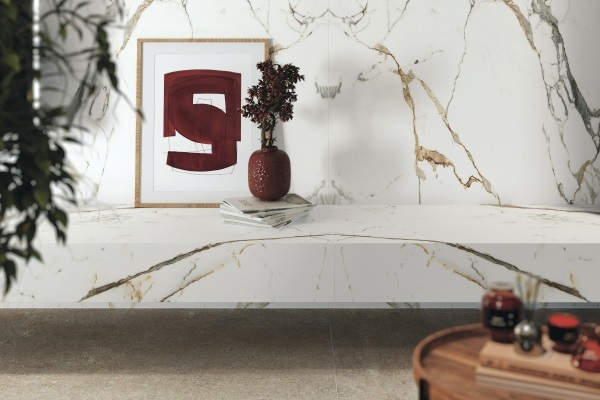In the fast-paced and ever-evolving world of business, understanding and managing risk is crucial for ensuring long-term success and sustainability. Conducting a thorough security risk assessment is an essential part of this process, providing valuable insights into potential vulnerabilities and helping to safeguard your business against unforeseen threats.
In this comprehensive guide, we’ll explore the steps involved in conducting a security risk assessment, the tools and methodologies used, and why it’s a pivotal practice for businesses of all sizes.
What is a Security Risk Assessment?
A security risk assessment is a systematic process used to identify, analyse, and evaluate the potential risks that could negatively impact an organisation’s assets, operations, or individuals. The primary goal is to mitigate risks to an acceptable level by implementing appropriate security measures and controls.
A Step-by-Step Guide to Conducting a Security Risk Assessment
- Define the Scope and Objectives: Before starting the risk assessment, it’s crucial to define the scope and objectives clearly. Determine what assets need protection, the potential threats to those assets, and the impact these threats could have on your business. This step sets the foundation for a focused and effective assessment.
- Identify Assets: List all assets within the scope of your assessment. Assets can include physical property, intellectual property, information systems, and human resources. Understanding what you are protecting is vital for identifying relevant threats and vulnerabilities.
- Identify Threats and Vulnerabilities: Next, identify potential threats to your assets. These can be internal or external and range from natural disasters to cyberattacks or human error. Simultaneously, identify any vulnerabilities that could be exploited by these threats. This dual approach helps in understanding the risk landscape comprehensively.
- Analyse and Evaluate Risks: Analyse the likelihood and potential impact of each identified threat exploiting a vulnerability. This step often involves qualitative or quantitative risk analysis techniques. By evaluating risks, you can prioritise them based on their severity and the urgency of mitigation.
- Implement Risk Mitigation Strategies: Based on your risk evaluation, develop and implement strategies to mitigate the most significant risks. These strategies may include technical controls like installing firewalls, administrative controls like policies and procedures, and physical controls such as surveillance systems and automatic gates installation.
- Monitor and Review: Risk assessment is not a one-time activity. Continuously monitor the effectiveness of your risk mitigation strategies and review the assessment periodically. This ensures that new risks are identified and managed promptly, and existing controls remain effective.
 Tools and Methodologies Used in Risk Assessment
Tools and Methodologies Used in Risk Assessment
- Risk Management Frameworks: Frameworks like NIST (National Institute of Standards and Technology) and ISO 31000 provide structured approaches to risk management, offering guidelines and best practices to ensure comprehensive risk assessments.
- Automated Tools: Several automated tools are available to assist in risk assessments. Software like RiskWatch, SolarWinds Risk Management, and RSA Archer can streamline the process, offering features such as risk analysis, reporting, and continuous monitoring.
- Qualitative and Quantitative Methods: Qualitative methods, such as interviews and surveys, help gather insights from stakeholders, while quantitative methods, like statistical models and simulation, provide numerical data to support risk analysis. A balanced approach often yields the best results.
The Importance of Security Risk Assessment
Conducting a security risk assessment is critical for protecting your business from potential threats. It helps in identifying weaknesses, prioritising risks, and implementing effective measures to prevent security incidents. Moreover, a well-conducted risk assessment enhances decision-making, ensuring that resources are allocated efficiently to areas of highest risk.
By following the steps outlined above and utilising the appropriate tools and methodologies, businesses can not only proactively manage risks and safeguard their operations against potential threats, but also build a robust foundation for future growth and success.



 Work with Professional Home Builders
Work with Professional Home Builders
 The luxury real estate market offers a realm of possibilities for those seeking the pinnacle of living
The luxury real estate market offers a realm of possibilities for those seeking the pinnacle of living